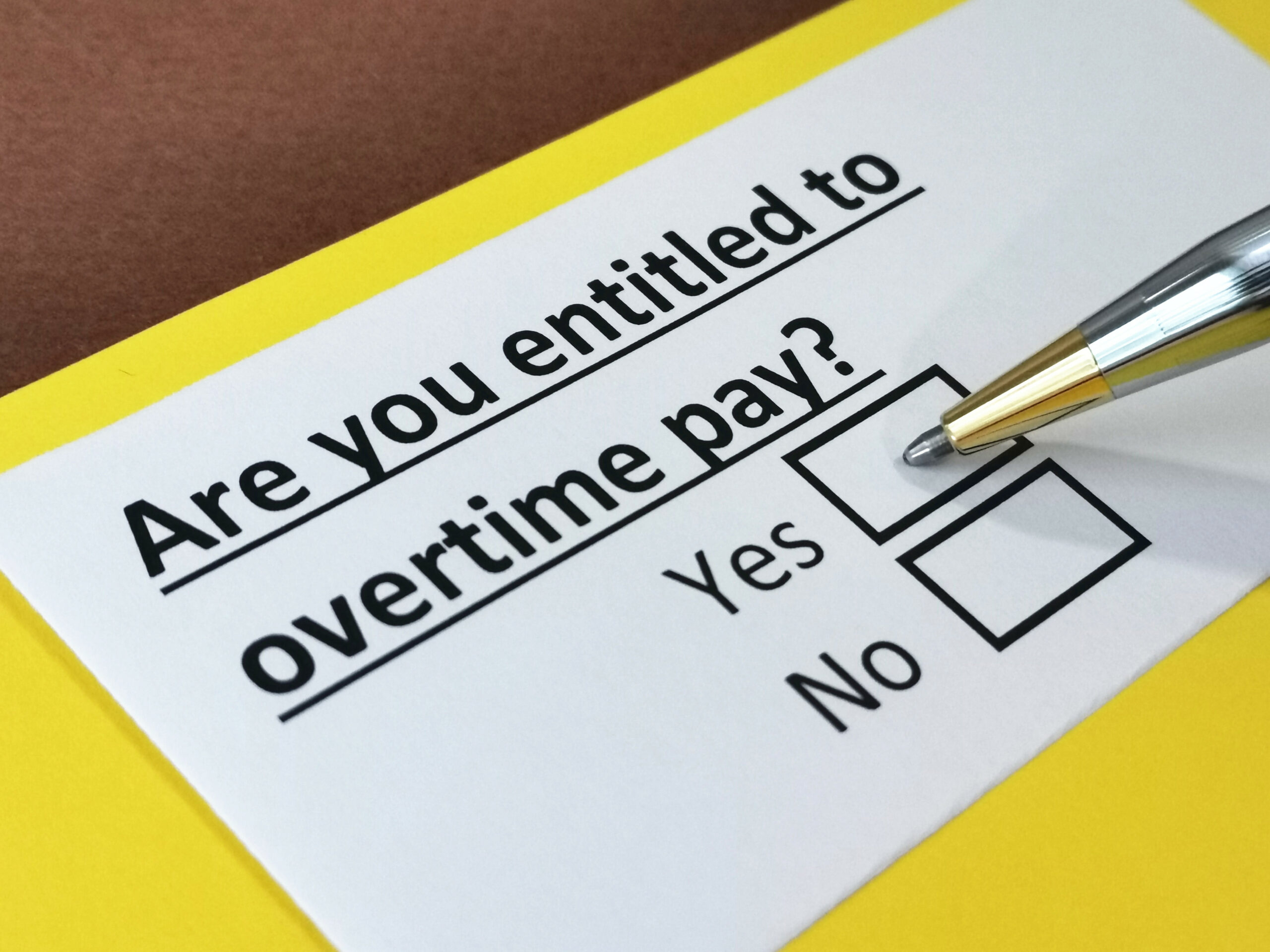Background
Overtime protections have been a critical part of the Fair Labor Standards Act (FLSA) and were established to protect workers from exploitation and to benefit workers and their families. Strong overtime protections ensure that workers are not overworked and underpaid.
Some workers are specifically exempt from the FLSA’s minimum wage and overtime protections including bona fide executive, administrative or professional employees*. This exemption is called the “EAP” exemption and applies when:
- An employee is paid a salary;
- The salary is not less than the minimum salary threshold amount; and
- The employee primarily performs executive, administrative, or professional duties.
*Please note that the rule applies to the EAP roles but also outside sales employees as well as some computer employees.
Rule Summary
On April 23, 2024, the US Department of Labor announced a final rule which will take effect on July 1, 2024. This new rule will increase the standard salary level that helps define and delimit which salaried workers are entitled to overtime pay protections under the FLSA.
Starting July 1, most salaried workers who earn less than $844/week or $43, 888 annually will now become eligible for overtime pay under the final rule. And effective January 1, 2025, most salaried workers who make less than $1,128/week or $58,656 annually will become eligible for overtime pay.
The rule will also increase the total annual compensation requirement for highly compensated employees (who are not entitled to overtime pay under the FLSA if certain requirements are met) from $107,432 annually to $132,964 annually on July 1, 2024, and then set it equal to $151,164 annually on January 1, 2025.
Starting July 1, 2027, the rule also includes a three (3) year automatic adjustment mechanism for updating the salary thresholds. This will safeguard that the earnings thresholds will keep pace with the changes in worker salaries, ensuring that employers can adapt more easily because they will know when the salary updates happen and how they will be calculated.
Employer Action Needed
Any business covered under the FLSA is required to pay nonexempt employee overtime pay. A business with two (2) or more employees is covered if:
- they have annual sales of at least $500,000; or
- they engage in running a hospital or facility that cares for the sick, aging and mentally ill; provide education (preschool through institutions of higher learning).
Please note that some smaller businesses that do not meet the specifications to be covered under the FLSA still might have obligations under their state’s overtime law, as well as an obligation to pay overtime.
Workers who fall under the FLSA EAP exemption are not currently eligible for overtime pay. Effective July 1, if EAP workers are paid less than $43,888 annually or do not meet the EAP exemption 3-part test (above), they must be paid 1.5 times their regular hourly rate for hours worked over 40 hours in a workweek. And the same applies to the January 1, 2025, deadline for workers who earn less than $58,656 annually or do not meet the EAP exemption 3-part test (above).
For employers, the starting point is to review those exempt employees whose salaries fall between the current salary threshold of $35,568 and the new threshold of $43,888. For each of those employees, employers need to decide whether to increase their salary (effective July 1, 2024, and again on January 1, 2025) or convert them to non-exempt.
Employers will need to consider several factors with this new rule. First, employers will need to decide whether to implement in two (2) steps or jump straight to the 2025 threshold. This two-part approach gives employers the opportunity to avoid having to implement the entire jump in salary level in a short period of time. On the other hand, many employers will not want to go through this process twice for the same employees, so, employers may want to address both updates at the same time. It is recommended that employers work with their HR/Payroll to determine the best course of action (two smaller increases versus one larger increase).
Employers should also work with their Finance department as employers will need to budget for the increases in salary and overtime expenses.
Employers might want to use the rule to take a fresh look at their exemption determinations and decide if employees need to be reclassified. And employers will need to plan how to roll out reclassification decisions to include training reclassified employees on timekeeping requirements.
Next Steps
Turke & Steil is available to discuss the final overtime rule and provide guidance prior to the July 1, 2024, deadline.


